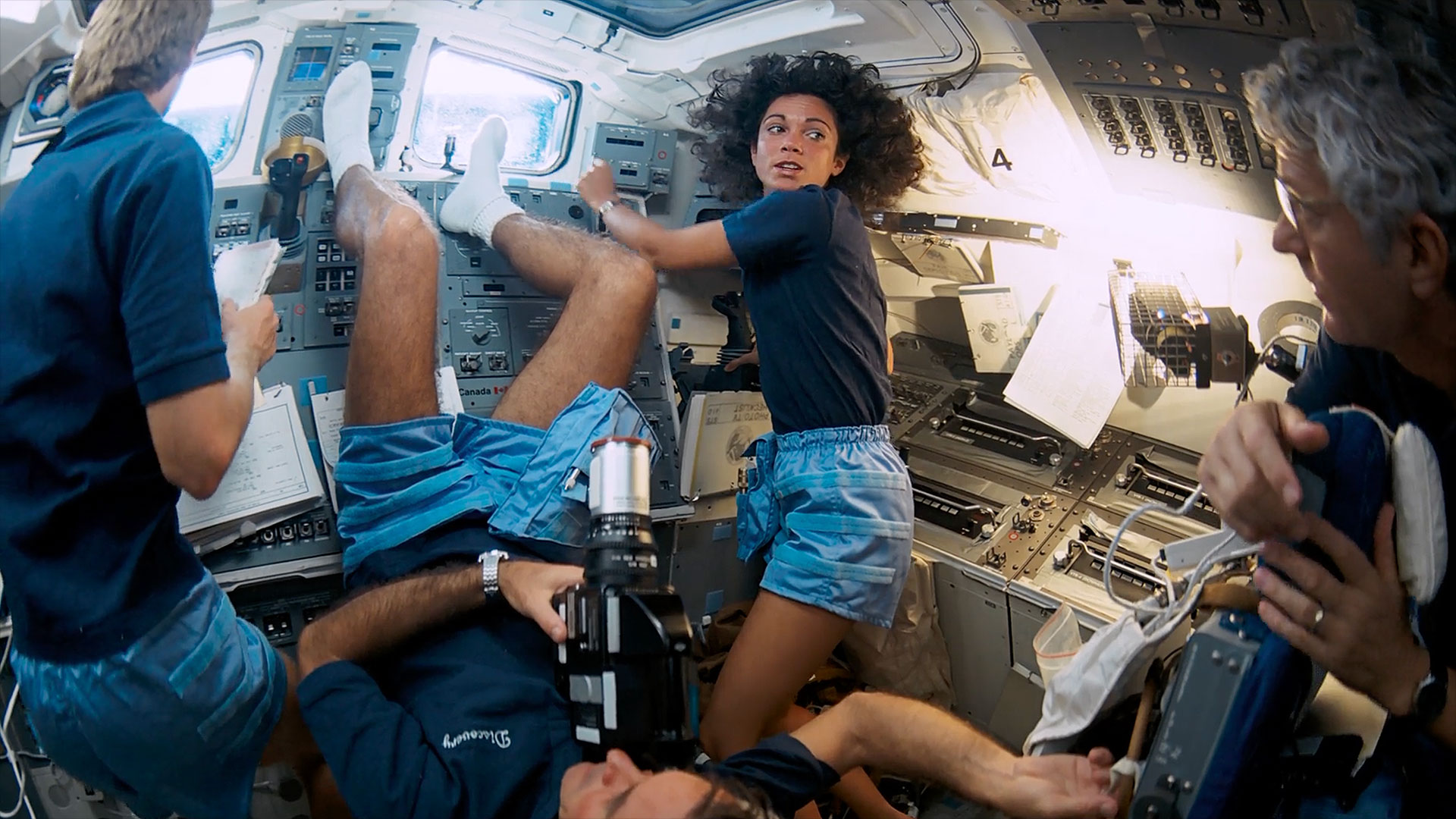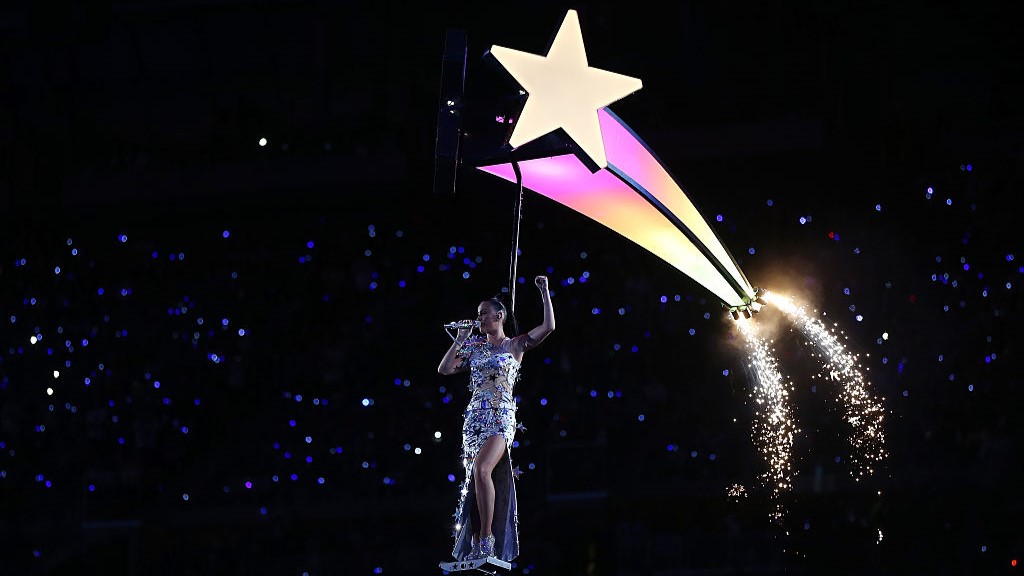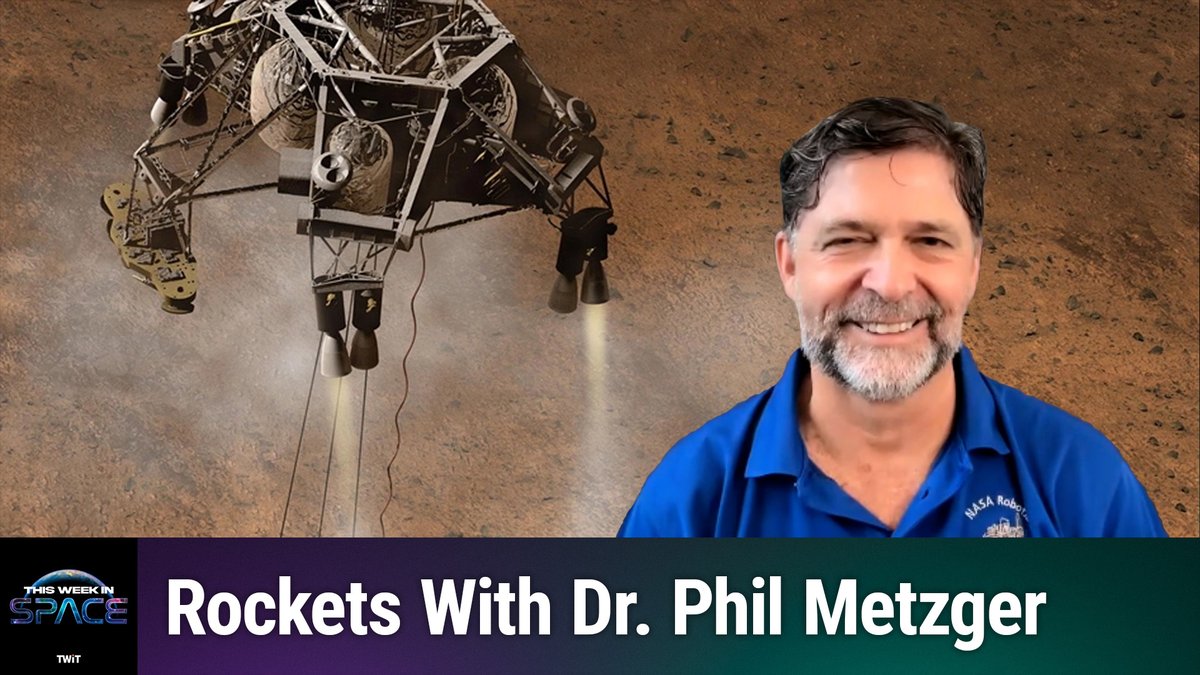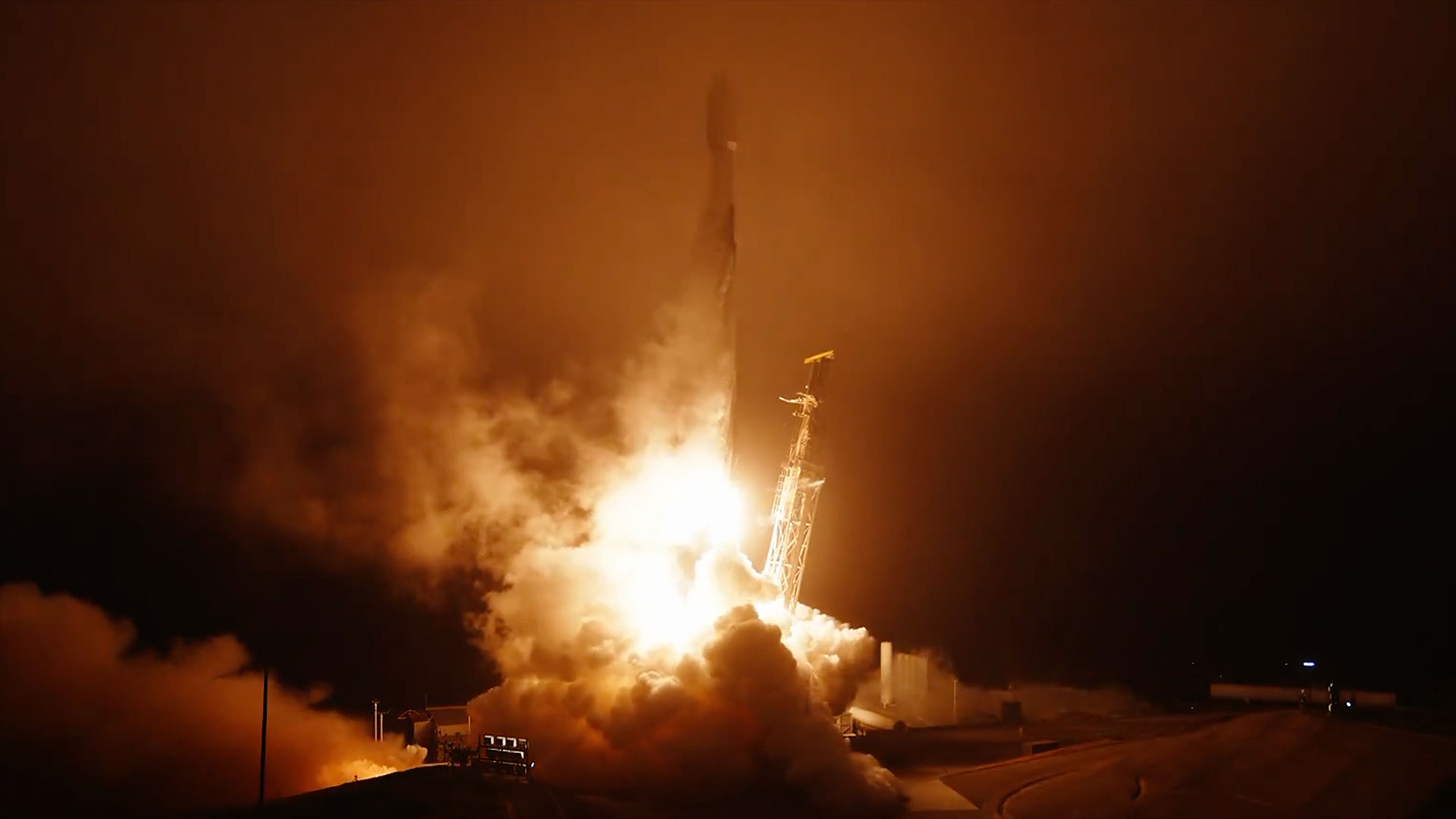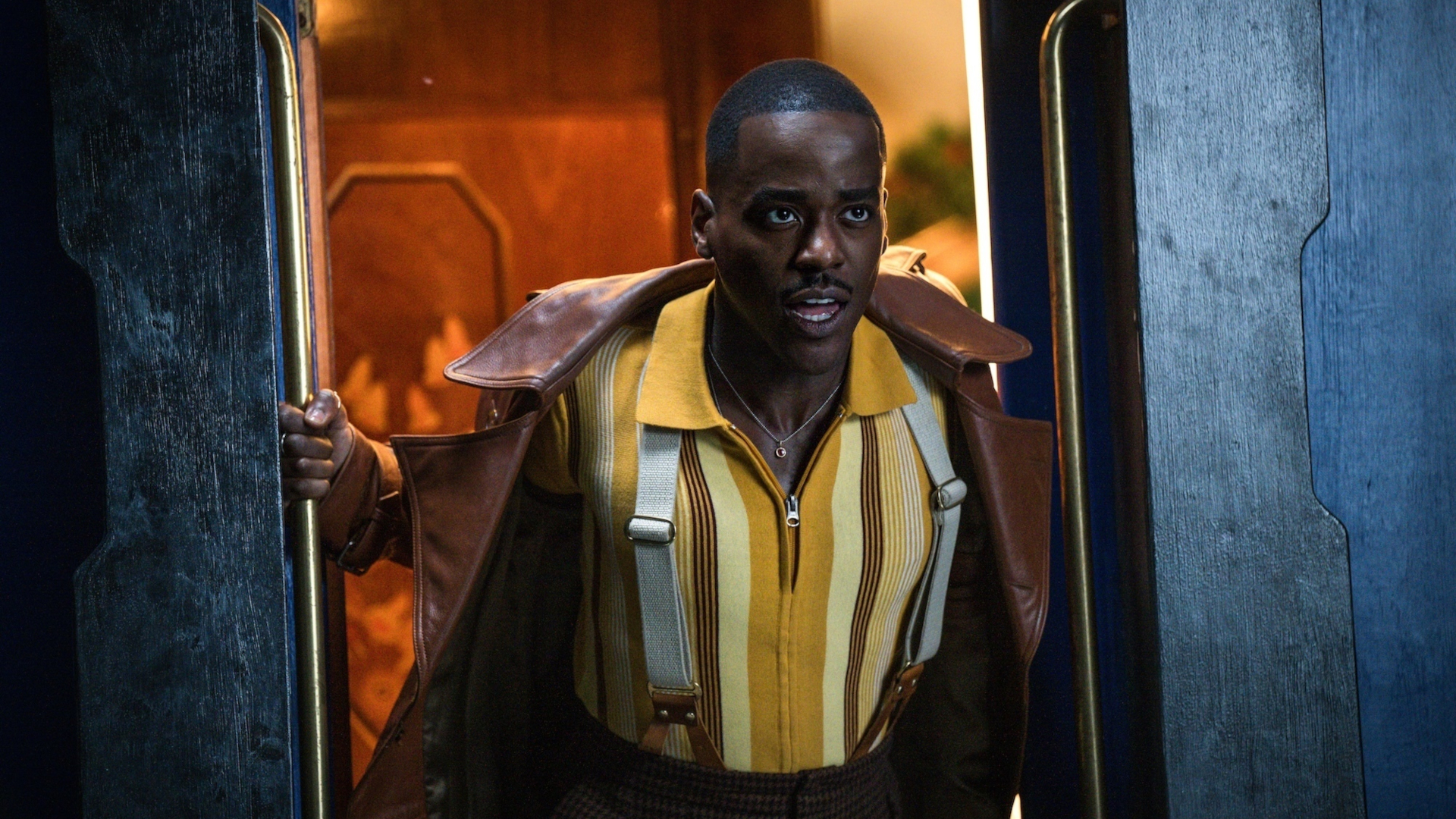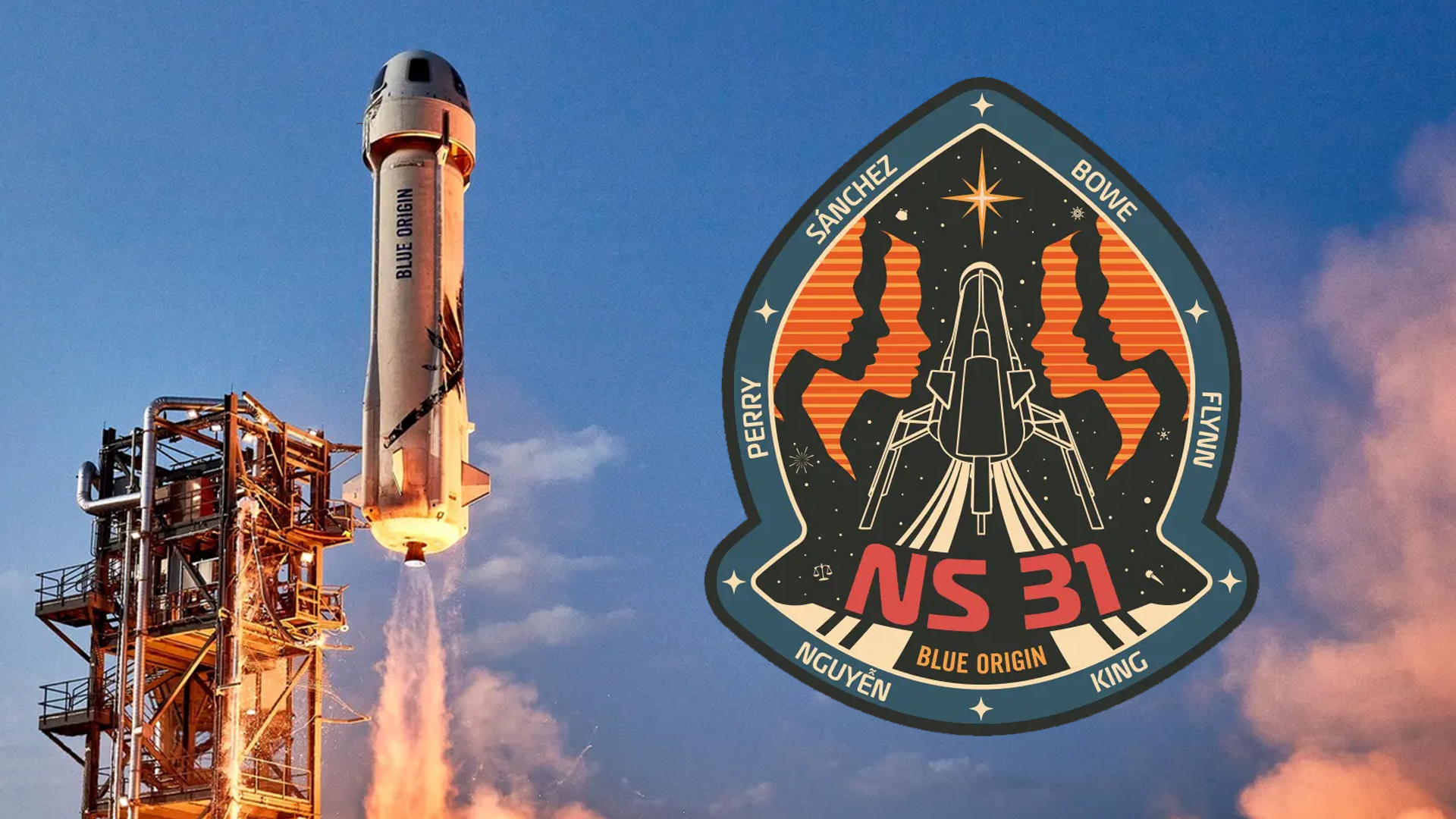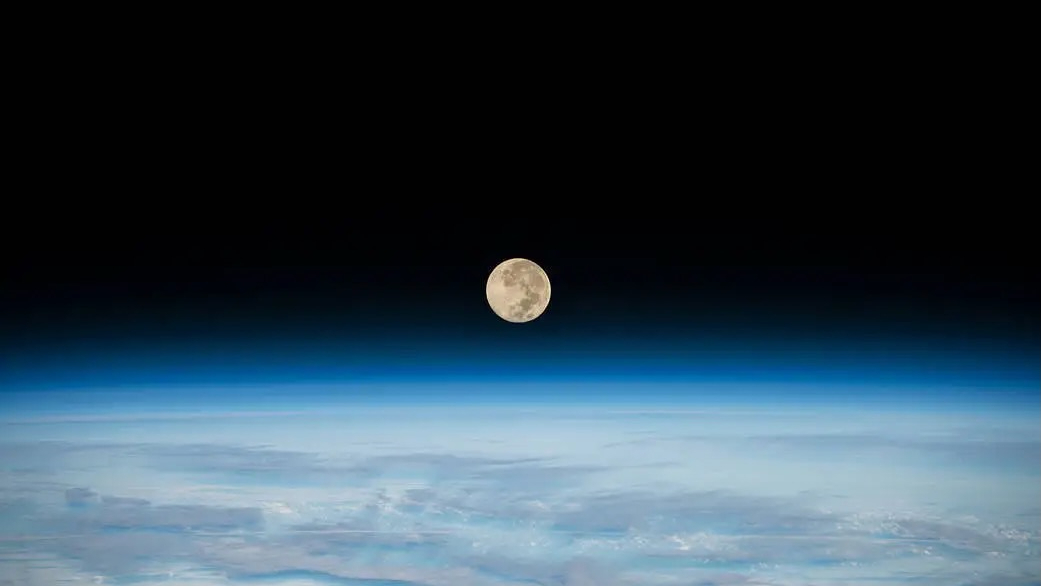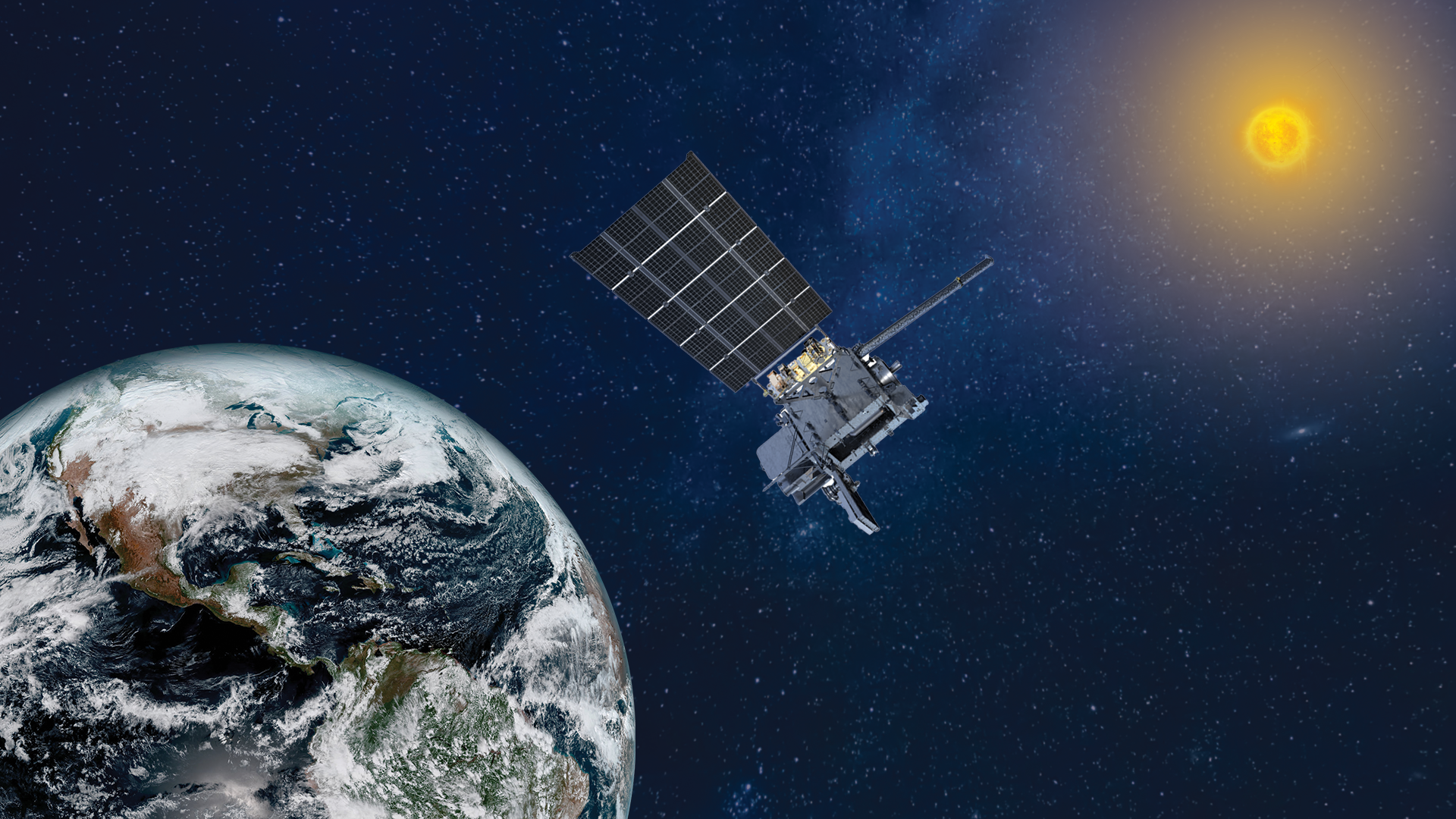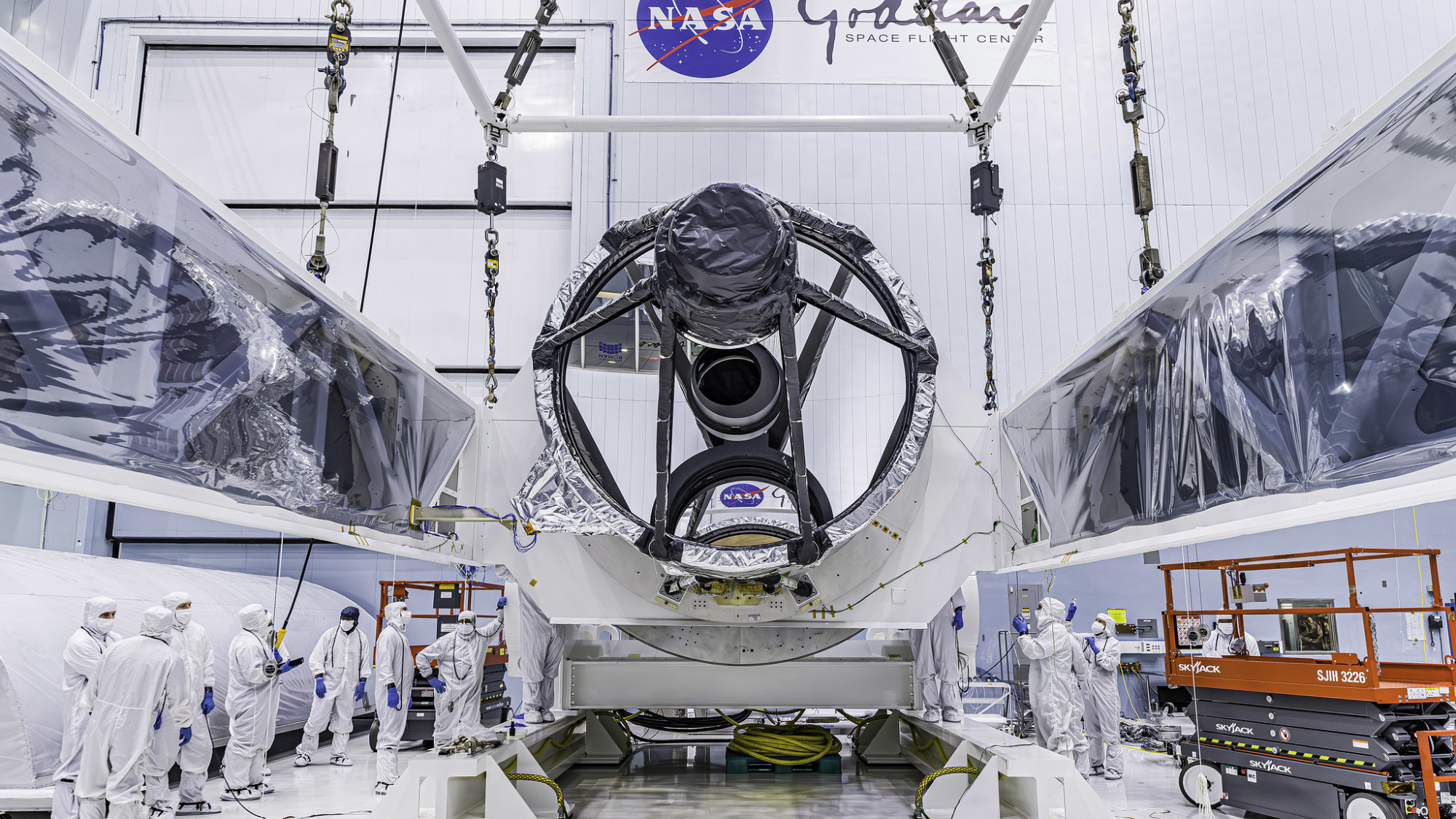A SpaceX Falcon 9 rocket launched 74 satellites from central California early Saturday morning (March 15), then came back to Earth for a landmark touchdown.
The Falcon 9 lifted off from Vandenberg Space Force Base on Saturday on a rideshare mission called Transporter 13. Launch occurred at 2:43 a.m. EDT (0643 GMT; 11:43 p.m. on March 14 local California time).
The rocket's first stage returned to Earth 7.5 minutes after launch as planned, making a vertical, powered touchdown back at Vandenberg. It was the 13th landing for this particular booster and the 400th for a Falcon 9 first stage overall, according to SpaceX.
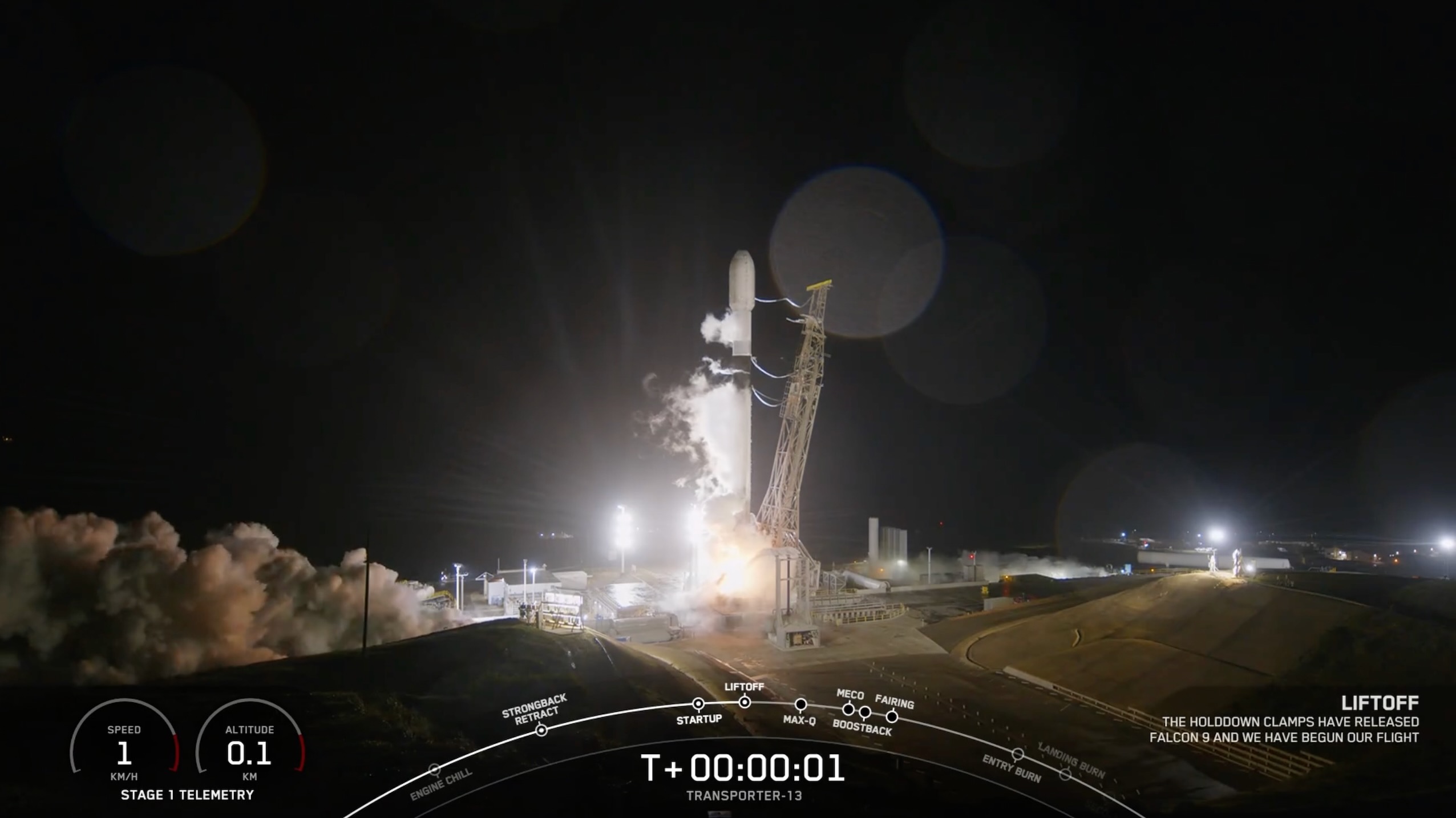
Landing confirmed, marking the 400th time a Falcon 9 first stage booster has landed pic.twitter.com/eYMrA7Qrl2March 15, 2025
The Falcon 9's upper stage, meanwhile, continued hauling the 74 payloads to orbit. They were deployed over a roughly 90-minute stretch that begins about 54 minutes after liftoff according to plan, SpaceX announced via X.
Those 74 payloads include "cubesats, micosats, hosted payloads, a reentry capsule and an orbital transfer vehicle carrying 11 of those payloads to be deployed at a later time," SpaceX wrote in a Transporter 13 mission description.
The reentry capsule is the W-3 vehicle from California-based Varda Space Industries. Varda has already launched and returned two such capsules, prototypes of its planned orbital mini-factories. The second such return occurred just two weeks ago.
Related: SpaceX launches 131 satellites on Transporter 12 rideshare mission (video)
Get the Space.com Newsletter
Breaking space news, the latest updates on rocket launches, skywatching events and more!
As its name suggests, Transporter 13 is the 13th mission in SpaceX's Transporter series. The company also runs another rideshare program called Bandwagon, which has two missions under its belt to date. SpaceX has launched more than 1,200 payloads for about 130 customers across both of these programs, according to the company.
The very first Transporter mission, which launched in January 2021, sent 143 payloads to orbit, a record that still stands today.
Editor's note: This story was updated at 2:55 a.m. ET on March 15 with news of launch and booster landing, then again at 12:50 p.m. ET with news of payload deployment.
Join our Space Forums to keep talking space on the latest missions, night sky and more! And if you have a news tip, correction or comment, let us know at: community@space.com.

Michael Wall is a Senior Space Writer with Space.com and joined the team in 2010. He primarily covers exoplanets, spaceflight and military space, but has been known to dabble in the space art beat. His book about the search for alien life, "Out There," was published on Nov. 13, 2018. Before becoming a science writer, Michael worked as a herpetologist and wildlife biologist. He has a Ph.D. in evolutionary biology from the University of Sydney, Australia, a bachelor's degree from the University of Arizona, and a graduate certificate in science writing from the University of California, Santa Cruz. To find out what his latest project is, you can follow Michael on Twitter.
You must confirm your public display name before commenting
Please logout and then login again, you will then be prompted to enter your display name.
